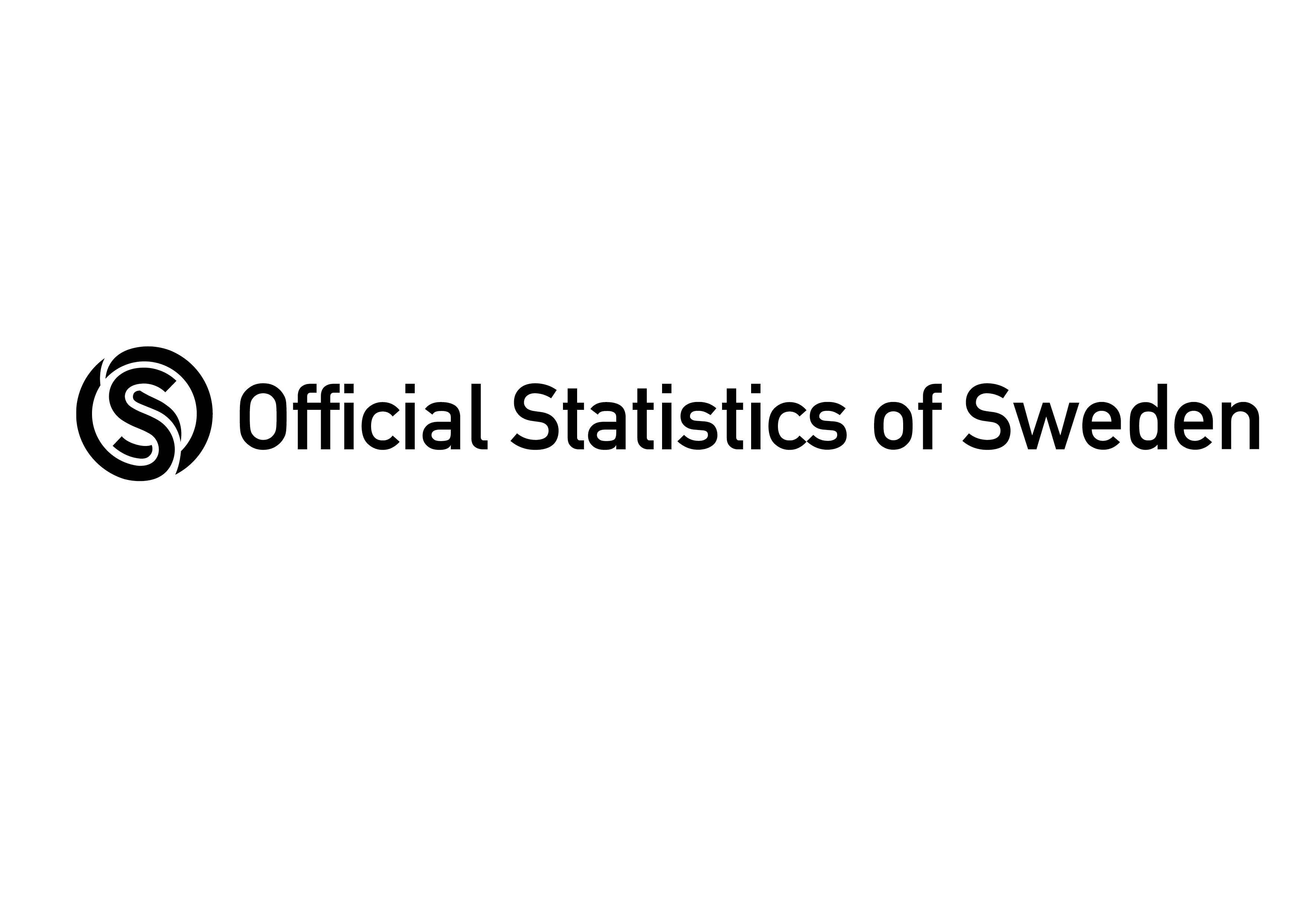Fish in lakes
Official statistics for Fish in lakes.

Almost two-thirds of the surveyed lakes have a fish fauna that closely matches the lakes natural conditions. Fish surveys conducted over 28 years do not show any general changes in the lakes fish fauna. The results come from the national environmental monitoring program for freshwater.
Fish surveys are regularly conducted in lakes to monitor large-scale impacts such as climate change, eutrophication, and acidification. These are factors that alter the lakes composition of fish species, the number of fish, as well as the length, weight, and age distribution of the fish. Fish fauna naturally varies depending on factors such as geographical location, surface area, depth, and temperature.
The selected lakes must not be affected by their surrounding areas and should also represent a comprehensive picture of Sweden and our various lake types, according to the Water Framework Directive. The lakes that are regularly monitored are called trend lakes.
58 percent of lakes had at least good ecological status
During 2016-2021, 45 trend lakes were surveyed. Twenty-six of the lakes (58 percent) had good or high ecological status, meaning that the fish fauna in these lakes closely matches the lakes natural conditions.
Of the remaining lakes, twelve had moderate status, five had unsatisfactory status, and two had poor status. In southern Sweden, this can largely be explained by acidification effects. However, no known environmental impact can explain why nine out of sixteen lakes in the two northernmost water districts had less than good status. In the northernmost lake, Abiskojaure, which was assessed to have moderate status, only Arctic char is present. The assessment criteria may provide incorrect classification in cases where a lake naturally contains only one or a few species.
No trends in status classification
No general trends can be observed in the annual distribution of lakes across different status classes for fish fauna over the 28 years that the time series represents.
The increase from 11 to 15 lakes with annual fish surveys from 2007 onwards led to a higher proportion of lakes achieving good or high status. Between 3 and 7 lakes per year had moderate or worse status, but the time series shows no trend.



